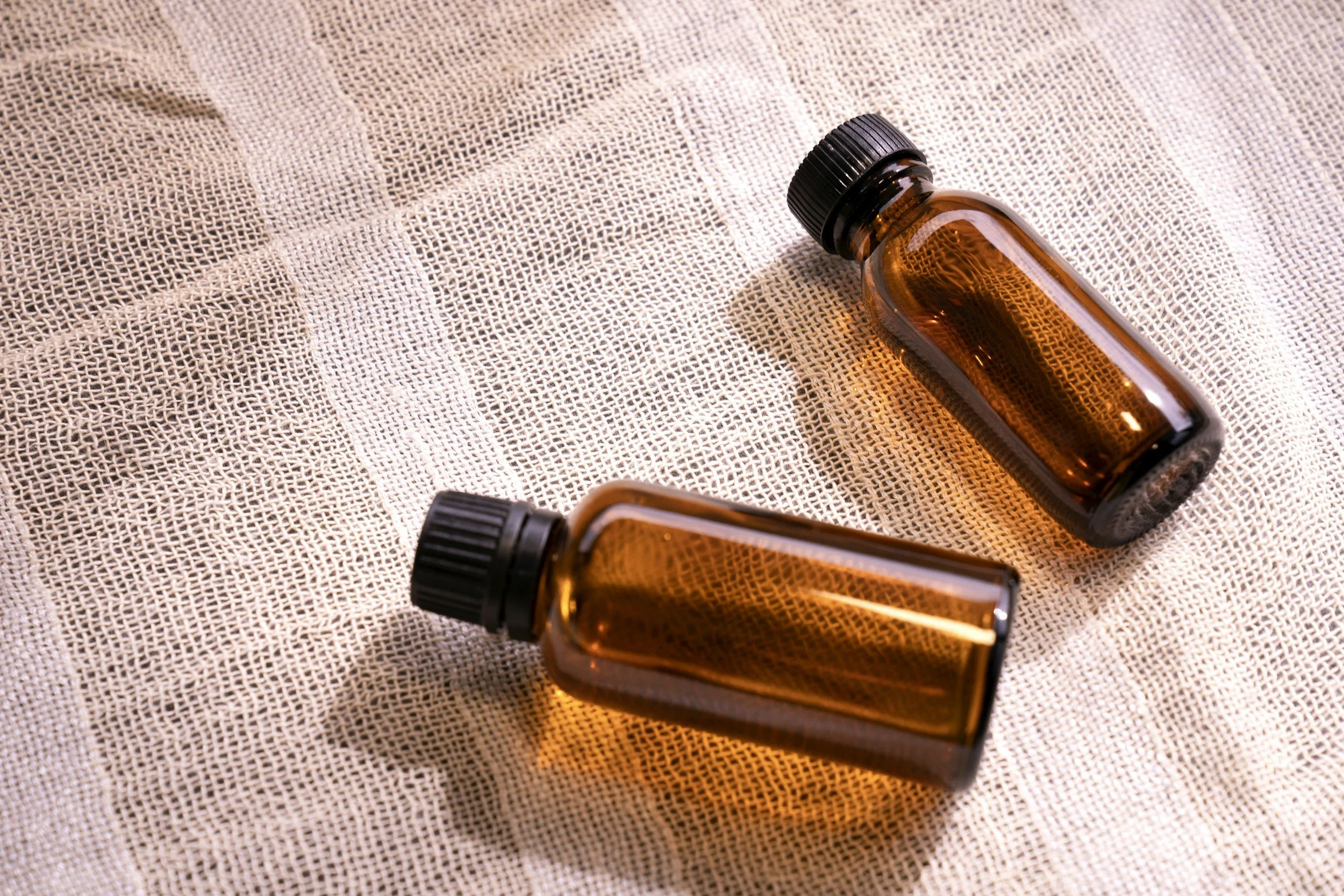Essential oils are not just fragrances—they are potent botanical messengers, carrying the essence of the plant’s spirit into the body. Through the lens of Ayurveda, these aromatic allies offer a powerful, everyday way to restore balance to the doshas and harmonize the inner terrain.
Each essential oil carries within it a particular energy—warming or cooling, wet or dry—based on its unique chemical composition. Ayurveda teaches us to understand essential oils along a spectrum: at the top are the cooling oils like blue chamomile, in the center lie the neutral balancers such as lavender, and at the bottom are the heating oils, like thyme or clove.
Imagine a bath perfumed with chamomile and peppermint—emerging, your body is refreshed, as if touched by cool mist. In contrast, a drop of thyme massaged into the skin will slowly unfurl warmth through the tissue, igniting circulation within minutes. Lavender, a wise middle-grounder, is both healer and harmonizer—cooling when you’re feverish, warming when you feel cold, a gentle companion for any season.
Western science echoes this ancient classification. Oils that are strongly electronegative—those that carry extra electrons—cool the body by drawing heat outward. These are your cooling oils. Warming oils, on the other hand, are electropositive; they yearn for electrons and, in doing so, generate internal heat.
Ayurveda also observes oils through the lens of moisture: from hydrophilic “wet” oils like rose and geranium that dissolve into water and linger as fragrant mist, to “dry” oils like pine and citrus, whose volatile terpenes resist the bathwater and float atop it, forming a glistening ring along the tub’s edge. And then there are the neutral oils—clary sage, basil, tarragon—neither wet nor dry, but adaptable and balancing.
Balancing Vata: Nourish, Warm, and Ground
Vata, the airy, ethereal dosha, is dry, cold, mobile, and light. When out of balance, it can manifest as erratic digestion, dryness, and nervous energy. To soothe vata, we look to essential oils that are warm, moist, heavy, and calming. Oils with sweet, sour, and salty affinities are ideal, as these tastes ground and stabilize.
Two types of vata imbalance exist. The first is obstructed vata, where ama (toxins) and disrupted digestion clog the body’s natural channels. Here, stimulating and detoxifying oils are most effective. The second is vata-caused deficiency, a state of depletion—dryness, fatigue, premature aging, and tissue loss.
For both types, warming and stimulating oils like ginger, oregano, eucalyptus, clove, black pepper, cinnamon, cumin, bay, and thyme help rekindle agni (digestive fire), boost circulation, and eliminate toxins. These, however, must be used carefully when mucous membranes are inflamed or when dehydration is present.
To rebuild what has been lost—tissue, vitality, ojas—choose nutritive, rejuvenating oils: angelica, clary sage, jasmine, rose, myrrh, parsley, tarragon, and vanilla. These support reproductive health, relieve cramping, enhance immunity, and nourish the deeper tissues, making them excellent allies for vata-caused depletion.
Balancing Pitta: Cool, Calm, and Soothe the Flame
Pitta, the fire and water dosha, is hot, sharp, and slightly moist. When aggravated, it burns—through skin, digestion, emotions. To calm pitta, we reach for oils that are cooling, drying, sweet, and bitter.
Cooling carminatives like chamomile, coriander, fennel, dill, lemon balm, mint, and lavender help ease inflammation in the gut and soothe overheated tissues. These are especially useful for pitta-related digestive issues.
Astringent oils—calendula, lemon, turmeric, yarrow, and carrot seed—tighten tissues and reduce excess secretions without over-drying, making them ideal for pitta-related skin and mucous membrane imbalances.
To purify the blood and ease fevers, look to oils like aloe vera, blue chamomile, neem, sandalwood, tagetes, turmeric, and spearmint. When the tissues feel parched and overheated, nourishing oils like angelica, neroli, cedarwood, and spikenard help restore moisture and vitality.
For pitta burnout, where overwork has left the mind and body depleted, restorative oils such as rose, jatamansi, brahmi, and carrot seed help replenish reserves, expand consciousness, and rekindle joy.
And to cool the liver and flush excess heat, oils from coriander, lemongrass, vetiver, lavender, and spearmint offer profound relief. These antipyretic and diuretic oils help pacify pitta’s inner fire, restoring peace to the system.
Balancing Kapha: Lighten, Invigorate, and Awaken
Kapha, the earth-water dosha, is slow, heavy, moist, and cold. When in excess, it dulls the senses, slows digestion, and causes fluid retention. To awaken kapha, we call on pungent, bitter, and astringent oils—especially those with warming, stimulating, and drying qualities.
Essential oils such as black pepper, basil, cardamom, calamus, cinnamon, clove, ginger, oregano, mustard, juniper, cayenne, and thyme help stoke the digestive fire and lift mental fog. Their pungency is the perfect antidote to kapha’s stagnation.
To reduce water retention and lymphatic congestion, diuretic oils—ajwain, garlic, fennel, parsley, spearmint—encourage release. Diaphoretic oils like camphor, eucalyptus, mugwort, and lemongrass support gentle sweating, cleanse the blood, and release toxins through the skin.
When kapha accumulates as mucus in the lungs or stomach, emetic oils may be employed—but only under the guidance of a trained Panchakarma practitioner.
Conclusion: A Scented Path Toward Balance
Each drop of essential oil carries within it not just chemistry, but consciousness. When used with reverence and Ayurvedic understanding, these aromatic allies can support you in every season of life—cooling heat, warming cold, moistening dryness, or calming the restless winds within.
Let your senses guide you, but let wisdom lead. The right oil, chosen with intention, becomes more than scent—it becomes medicine.
Disclaimer
The sole purpose of these articles is to provide information about the tradition of Ayurveda. This information is not intended for use in the diagnosis, treatment, cure or prevention of any disease.

